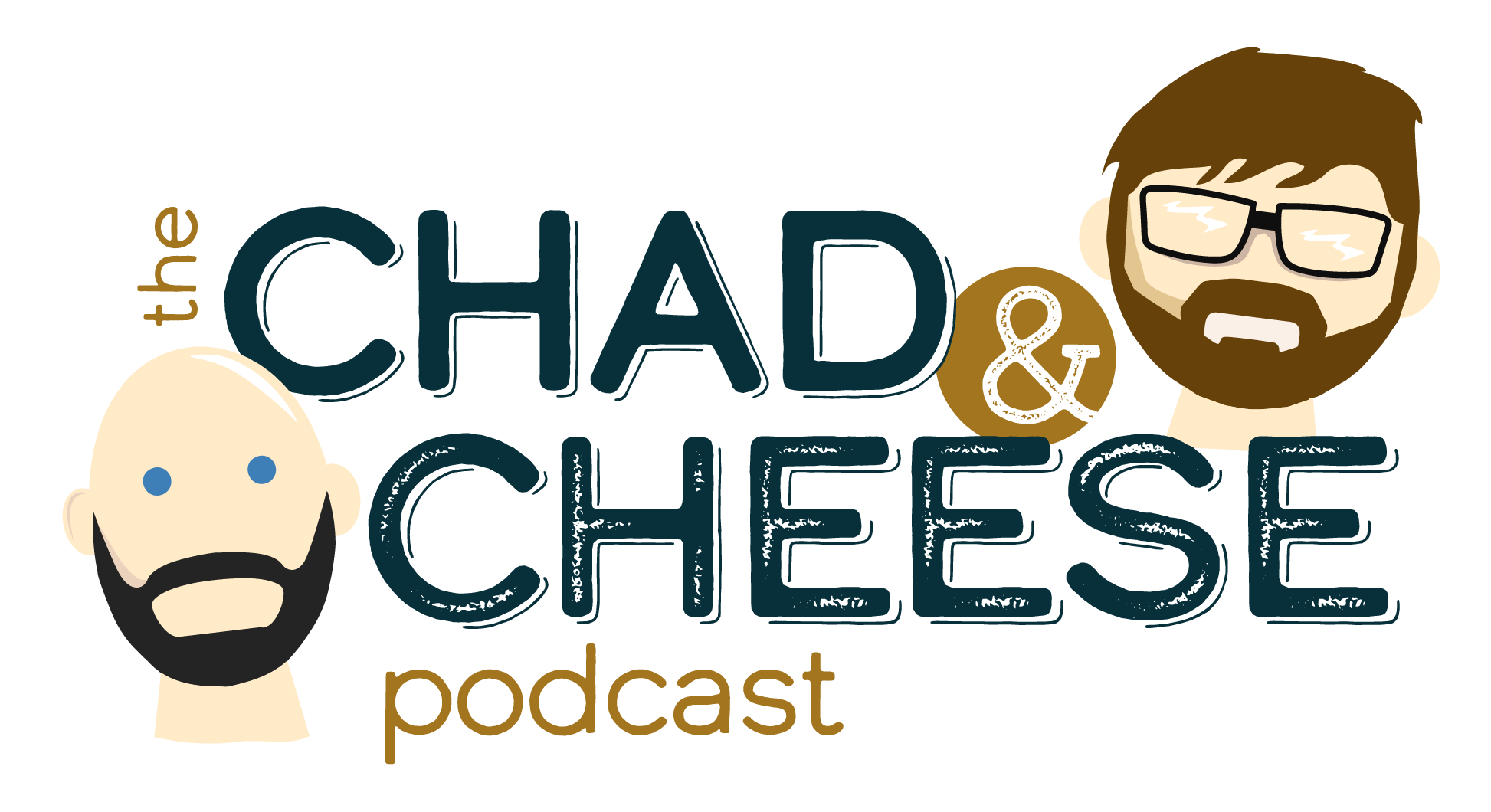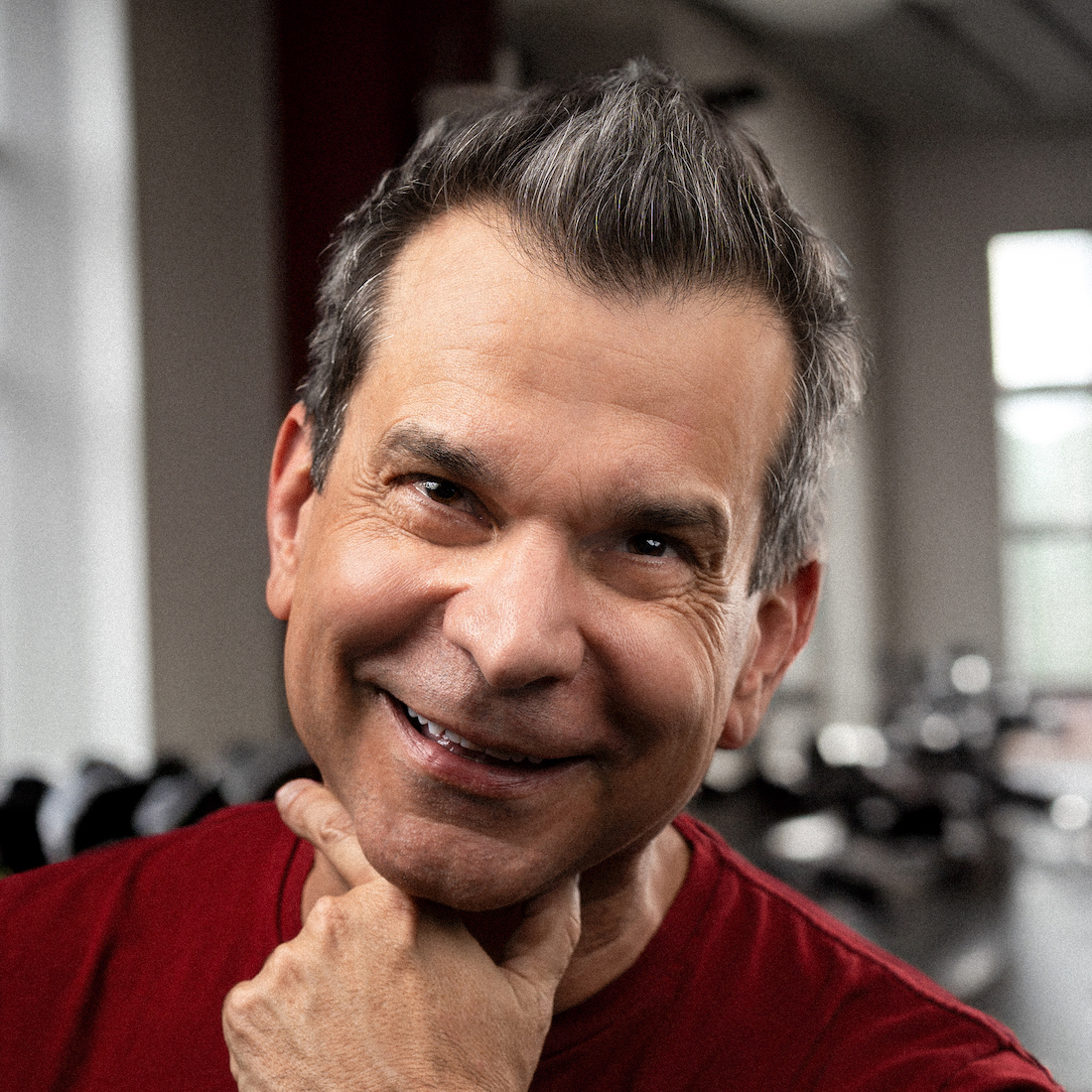Creating lasting behavior change is one of the most persistent challenges in Coaching. While clients often start with the best of intentions, maintaining momentum can be difficult. Habits and routines, often reinforced over years or even decades, can feel immovable. Fortunately, neuroscience provides valuable insights into how behavior change occurs and offers practical techniques to make it sustainable. At Braintrust, we leverage these insights to help individuals and teams achieve transformative, long-lasting results.
The cornerstone of sustainable behavior change is neuroplasticity—the brain’s ability to rewire itself. Neuroplasticity allows old habits to be replaced with new, more productive behaviors by forming and strengthening new neural connections. This process doesn’t happen overnight; it requires consistent practice and repetition. Coaches play a critical role in encouraging this process by guiding clients to integrate desired behaviors into their daily routines. The more frequently a behavior is repeated, the stronger the associated neural pathways become, eventually turning the behavior into an automatic habit.
However, repetition alone isn’t enough. Emotional engagement plays a key role in behavior change. Neuroscience shows that the brain prioritizes information tied to strong emotions, as these experiences are more likely to be encoded into memory. Connecting new behaviors to a client’s core values, aspirations, or goals increases emotional investment and activates the brain’s reward system. When a client understands how a new behavior aligns with their personal or professional Growth, the resulting dopamine release reinforces the behavior and boosts motivation.
Feedback is another crucial factor. Constructive, specific, and timely feedback allows clients to recognize their progress and make adjustments as needed. Neuroscience emphasizes the power of positive reinforcement, which triggers the brain’s reward system and encourages continued effort. Celebrating small wins not only builds momentum but also fosters a sense of achievement, making clients more likely to persist in their efforts.
Coaches must also address the barriers that make change difficult. Many unproductive behaviors are deeply ingrained in well-worn neural pathways, making them resistant to change. By helping clients identify limiting beliefs and reframe their thinking, coaches can create the space needed for new patterns to emerge. For example, instead of focusing on the fear of failure, a client might be guided to view setbacks as opportunities for learning and growth. This reframing process helps reduce the brain’s Stress response and encourages resilience.
At Braintrust, we use neuroscience-based strategies to empower clients with practical techniques for creating lasting behavior change. Our approach combines cutting-edge science with proven coaching methodologies, ensuring that clients not only achieve their goals but also sustain their progress over time.
If you’re ready to explore how neuroscience can enhance your approach to coaching, visit braintrustgrowth.com and learn more about our innovative solutions. Together, we can turn intention into action and action into long-term success.
The post Neuroscience-Based Techniques for Creating Sustainable Behavior Change appeared first on Braintrust Growth.
I come from a large Italian family. I’m number seven in the line of ten kids!
When my dad passed away some years ago, I was fortunate enough to be there as the end was coming. I was standing just to the right of his hospital bed; he was lying there with his eyes closed. All of a sudden, Dad opens his eyes. He looks up at the ceiling with a look of peace – and maybe accomplishment – on his face. Then he closes his eyes for the last time. I guess out of instinct, I reached down and kissed him on that prickly cheek one last time. My dad left a legacy in that life well lived! A legacy based on three main principles: Family, Service, and Dedication. I do what I do to carry on that legacy to the best of my ability.
















































BabyBoomer.org is an online membership community created by and for the Baby Boomer Generation. Boomers, and those who service and support them, are welcome to join our community accessing all general topics.
Notifications
